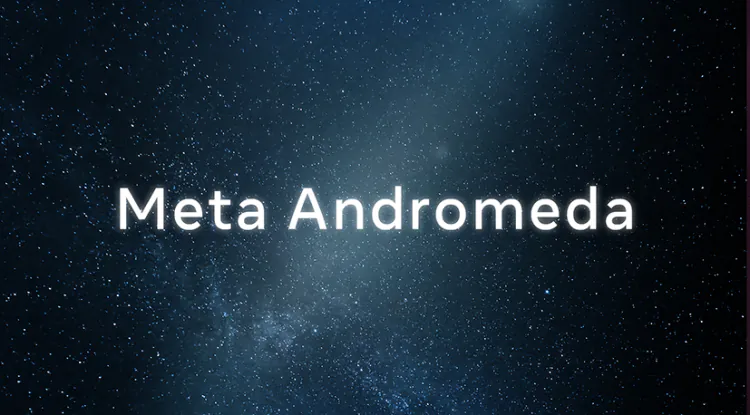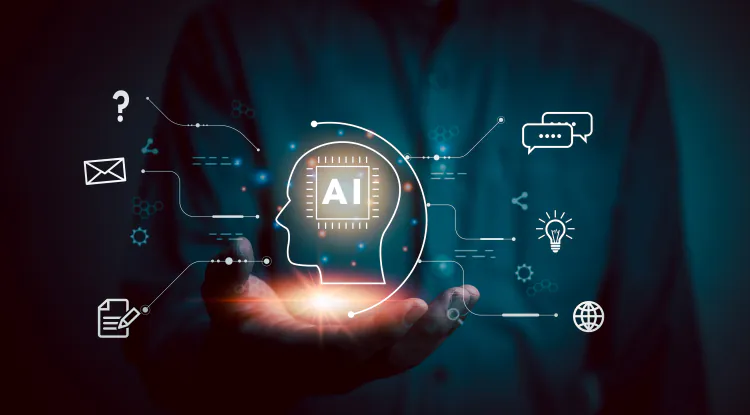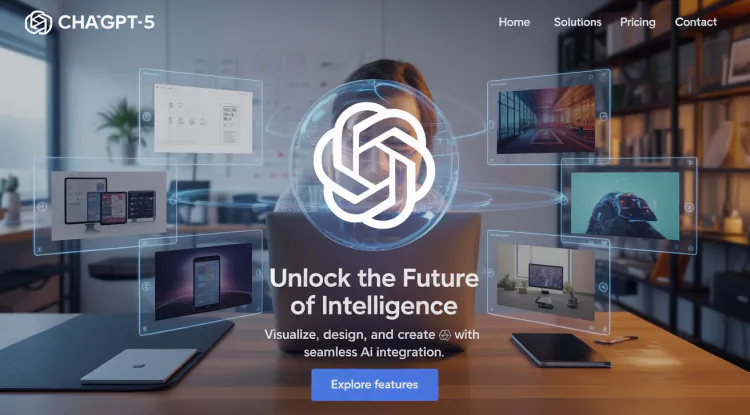Digital Marketing Trends 2024–2025: The Game-Changing Shifts You Need to Know
As the digital landscape undergoes rapid transformation, marketers, businesses, and growth professionals are expected to evolve their strategies to stay competitive. The era of basic campaign setups and manual media buying is being replaced by intelligent systems, automation, and integrated data ecosystems. This detailed overview explores the most significant shifts shaping digital marketing in 2024 and 2025, providing a thorough understanding of how platforms like Google and Meta are evolving, and what that means for advertisers.

Full-Funnel Strategy: Building for Every Stage of the Customer Journey
The conventional approach to online advertising focused primarily on the bottom-of-funnel conversions. However, in 2024–2025, both Google and Meta emphasize full-funnel strategies that account for the complete customer journey—from awareness to consideration to conversion.
Key Developments:
- Google Demand Gen Campaigns: These are designed for top and mid-funnel reach and engagement, helping brands drive awareness and consideration before expecting conversions.
- Meta Advantage+ Campaigns: Meta’s automation suite supports advertisers in designing structured, multi-phase campaigns that nurture users through their journey.
Strategic Implication: Advertisers need to move beyond direct conversions and design messaging and creative assets aligned with different funnel stages. This includes running awareness ads (educational or inspirational), engagement ads (product demos or testimonials), and finally, conversion ads (offers or CTAs).

Automation and Artificial Intelligence: The Core of Platform Optimization
Manual control over ads is reducing significantly. AI now plays a dominant role in campaign optimization across platforms. This includes bidding, targeting, ad placement, and even creative personalization.
Platform-Level Examples:
- Google Ads: Moves from keyword-centric bidding to intent-based automation. Advertisers are encouraged to set goals (e.g., maximize conversions) and allow Google’s AI to determine the best ad delivery methods.
- Meta Ads: Detailed targeting is now being replaced with AI-driven learning models, particularly within the Advantage+ campaigns. Meta wants advertisers to input broad audiences and trust the system to find high-performing segments.
Strategic Implication: Success now depends on feeding the right inputs to the AI—such as creative variations, first-party data, and event signals. Marketers should shift focus from manual optimization to strategic setup and data quality.
Reduction in Keyword and Audience Control
Google and Meta are both moving away from letting advertisers manually control every targeting lever.
Specific Changes:
- Keyword Match Types in Google: Exact, Phrase, and Broad Match now behave unpredictably. Google is increasingly interpreting keyword intent rather than strictly matching words.
- Intent Over Syntax: Even if you bid for a specific keyword, Google may serve ads for variations if the user intent is deemed similar.
- Meta Targeting: With Meta, advertisers are being asked to stop using granular interest targeting. Instead, broader audience sets are used, with the algorithm selecting users most likely to convert.
Strategic Implication: The focus now shifts to campaign structure, creative relevance, and input signals rather than audience configuration.

Integration of CRM and Offline Conversions
Data from your CRM system is becoming increasingly important. Offline Conversions allow platforms to use backend data (such as lead quality, status, or sales conversions) to optimize campaign performance.
CRM Integration Examples:
- Meta Events Manager: Accepts lead data from CRMs and connects that with ad performance. Events like “Lead Qualified,” “Consultation Booked,” or “Purchase Complete” can be sent back to Meta.
- Google Ads Offline Conversions: Helps advertisers track conversions that occur off-site, like phone sales or closed deals tracked in CRM.
Strategic Implication: Businesses must integrate their CRM with ad platforms to share accurate outcomes and enable smarter optimization. This ensures better targeting and lower cost per acquisition.
Server-Side Tracking and Conversions API (CAPI)
Client-side tracking (cookies and browser-based pixels) is no longer reliable due to privacy restrictions, browser limitations, and ad blockers.
Solution: Server-Side Tracking
- Meta CAPI: Allows events (like purchases or form submissions) to be sent directly from the server to Meta, bypassing browsers.
- Google Server-Side Tagging: Similarly, this allows event data to be passed securely and reliably from your website’s backend.
Benefits:
- Accurate attribution of conversions
- Resilience against cookie-blocking
- Better performance data for AI-based optimizations
Strategic Implication: Implement server-side tracking for all major ad platforms. It is now a baseline requirement for performance marketing.

WhatsApp as a Marketing Channel
Meta is actively developing WhatsApp as an end-to-end business platform. In emerging markets, especially India, WhatsApp is becoming a central medium for customer acquisition, engagement, and conversion.
Platform Enhancements:
- WhatsApp Catalogs: Allows businesses to showcase products or services.
- Conversation APIs: Brands can trigger automated conversations, customer support, and lead qualification.
- Integrated Payment Systems: Meta plans to integrate direct payments within WhatsApp, turning it into a commerce platform.
Strategic Implication: Businesses must establish a strong WhatsApp presence and treat it as a standalone sales channel. It should not merely be used for support or follow-up, but as an active point of engagement.
Value-Based Lookalike Audiences
Meta offers advertisers the ability to create lookalike audiences not just based on demographics or general behavior, but based on the value of customers.
Process:
- Upload a customer list with purchase values.
- Meta identifies high-value users.
- The system builds lookalikes based on those who resemble your most valuable customers.
Strategic Implication: Focus on customer segmentation and value scoring. Then use these insights to drive better-performing lookalike targeting.

Attribution Metrics Are Evolving: MER vs. ROAS
Traditional campaign analysis focused on ROAS (Return on Ad Spend). However, in full-funnel, multi-channel campaigns, ROAS becomes unreliable.
New Metric: MER (Marketing Efficiency Ratio)
- MER = Total Revenue / Total Marketing Spend
- This measures total business impact rather than isolated campaign returns.
Tools to Track Attribution:
- Triple Whale, Rockerbox, Northbeam: Advanced analytics platforms designed to track multi-channel influence.
Strategic Implication: Businesses need to evaluate performance across the funnel and across platforms, not just within siloed campaigns.
SEO: From Keywords to Entities and Topical Authority
Search Engine Optimization (SEO) is undergoing structural changes driven by Google’s algorithm priorities.
Key Concepts:
- E-E-A-T: Experience, Expertise, Authority, and Trustworthiness.
- Topical Authority: Rather than targeting individual keywords, Google ranks sites based on comprehensive topical coverage.
Execution:
To rank for a term like “Google Ads Course,” your website should also contain:
- Comparisons (Google Ads vs. Facebook Ads)
- Educational content (How to learn Google Ads)
- Updates (Google Ads Trends in 2025)
Strategic Implication: Invest in long-form, interconnected content clusters. Treat your site as a knowledge base, not just a landing page hub.

Data Ownership: Building Independent Growth Engines
As third-party cookies disappear and platform dependencies increase, the only sustainable growth strategy is to own your audience and your data.
Data Ownership Tactics:
- Build Email Lists: Use lead magnets, webinars, newsletters.
- WhatsApp Opt-ins: Offer deals or updates via business messages.
- Telegram or Community Channels: Foster trust and long-term engagement.
- Zero-Party Data: Collect data directly through quizzes, surveys, and interactive forms.
Use of Data:
- Power email campaigns
- Build custom audiences for ads
- Personalize automation flows
Strategic Implication: Your CRM becomes the central nervous system of your marketing. Invest in building it continuously.
Final Thought: Build Systems, Not Just Campaigns
Marketing in 2025 is not about tweaking ad creatives or launching isolated campaigns. The real differentiator is in systems thinking—building a reliable, scalable marketing engine.
Core Pillars for Long-Term Growth:
- High-quality first-party data
- Integrated CRM and automation tools
- Consistent content for SEO and audience engagement
- Server-side infrastructure for tracking and measurement
- Strategic use of AI for optimization
Rather than competing on ad budgets alone, the most successful businesses in the next phase will compete on strategy, systems, and data integrity.
What's Your Reaction?

















